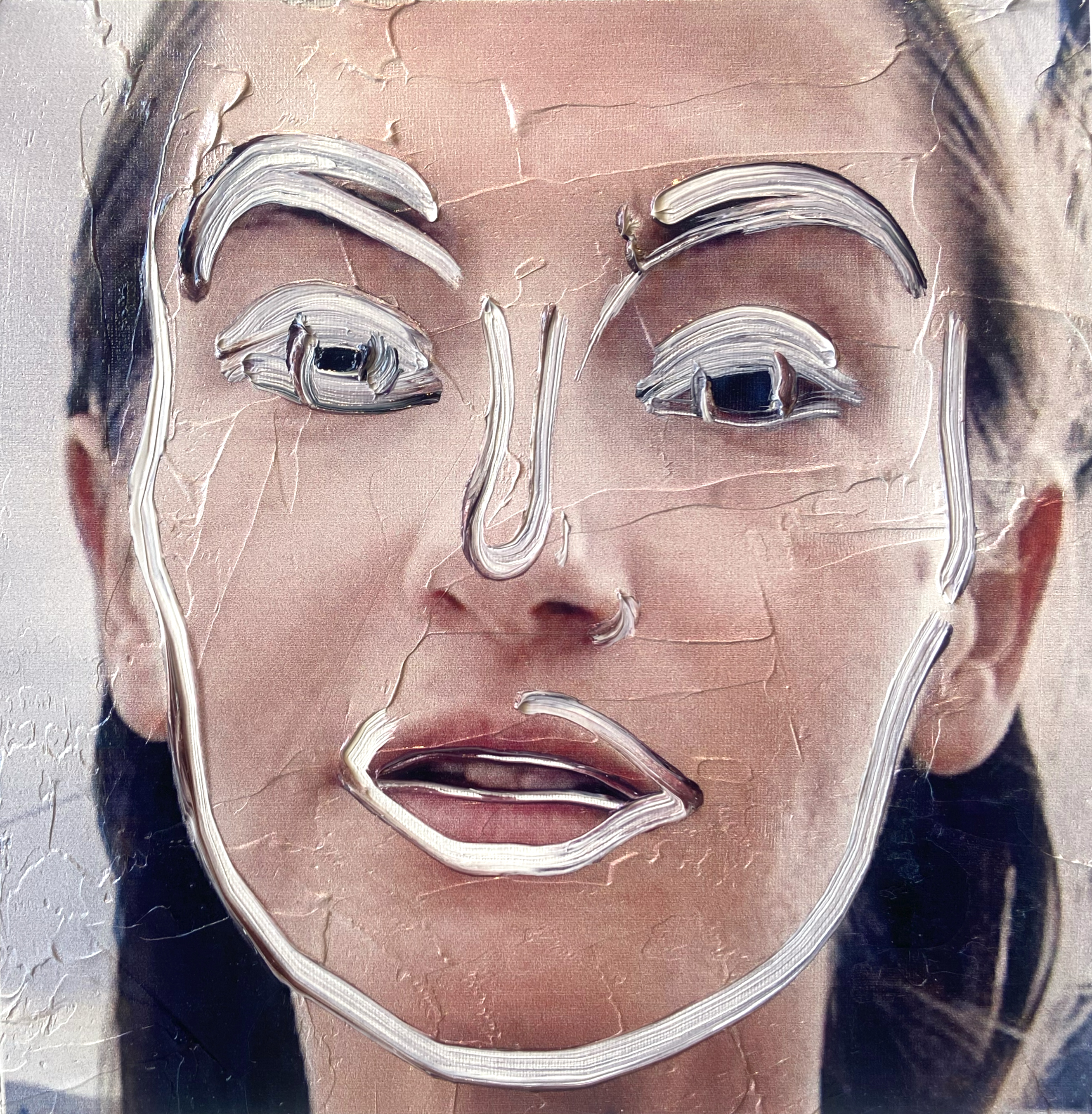The Annihilation of Likeness
- Gretchen Andrew

- Oct 18
- 2 min read
Portraiture has always been about capturing the irreducible essence of a person—their unique presence within flesh and bone. The body, in its three-dimensional reality, has traditionally been the anchor of identity.
Yet we now live in Phase Two: an era dominated by AI-curated beauty. In this new algorithmic world, the goal is no longer to represent what is, but to reshape the image according to a manufactured ideal. This work, visualized through a grid of nine digitally morphed Miss Universe contestants, exposes the erasure that occurs when individuality is sacrificed to conformity.
AI-driven transformation rapidly flattens diversity. Key facial markers—noses, lips, eyes—markers of heritage, culture, and personal history—are neutralized. Instead of celebrating uniqueness, the algorithm imposes uniformity, turning identity into a series of predictable variables.
This digital obsession bleeds into the physical realm. People increasingly prioritize their curated online personas over their living selves, altering their bodies with surgery and cosmetic procedures to mimic algorithmic perfection. My Facetune series captures the absurdity of this cultural shift.
Tracing the History of Idealized Features
This phenomenon is part of a long history of imposed beauty standards:
Ancient and Asian Art: Haniwa funerary sculptures and classical Chinese paintings often rendered the mouth with subtlety, imbuing it with emotion and meaning rather than symmetry alone.
The European Canon: From Rubens’ voluptuous lips to the Renaissance obsession with Cupid’s Bow, historical ideals defined social belonging and aesthetic worth.
The Modern Lip as Cultural Symbol
In contemporary art, lips have carried subversive, expressive, and political weight—from Claes Oldenburg’s exaggerated sculptures to performance art exploring silence and expression. In Phase Two, this complexity is erased. The lip becomes a metric: fuller, poutier, optimized for the algorithm rather than for personal or cultural significance.
By imposing these digital norms onto real human faces, my work asks: when algorithms dictate beauty, what remains of individuality? We are trading our authentic, three-dimensional selves for a flawlessly rendered yet ultimately hollow digital ideal.



Comments